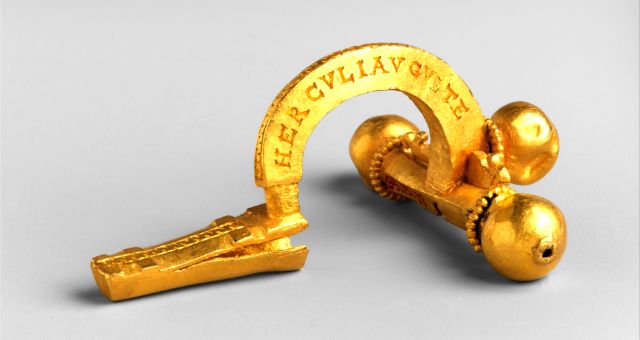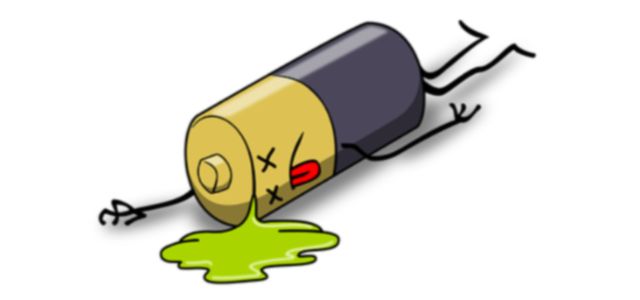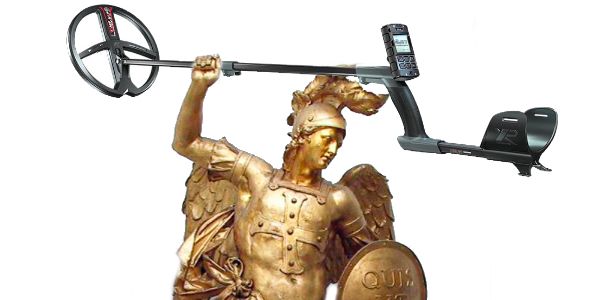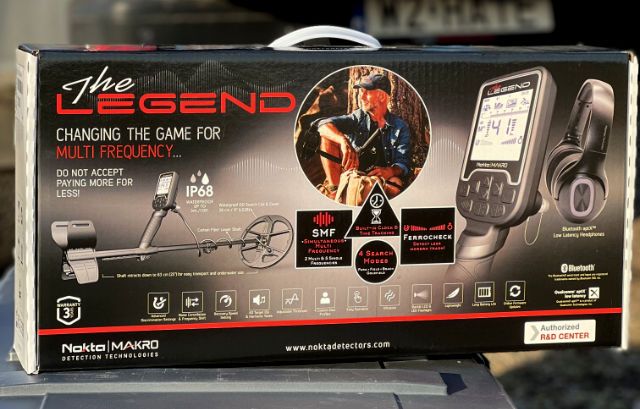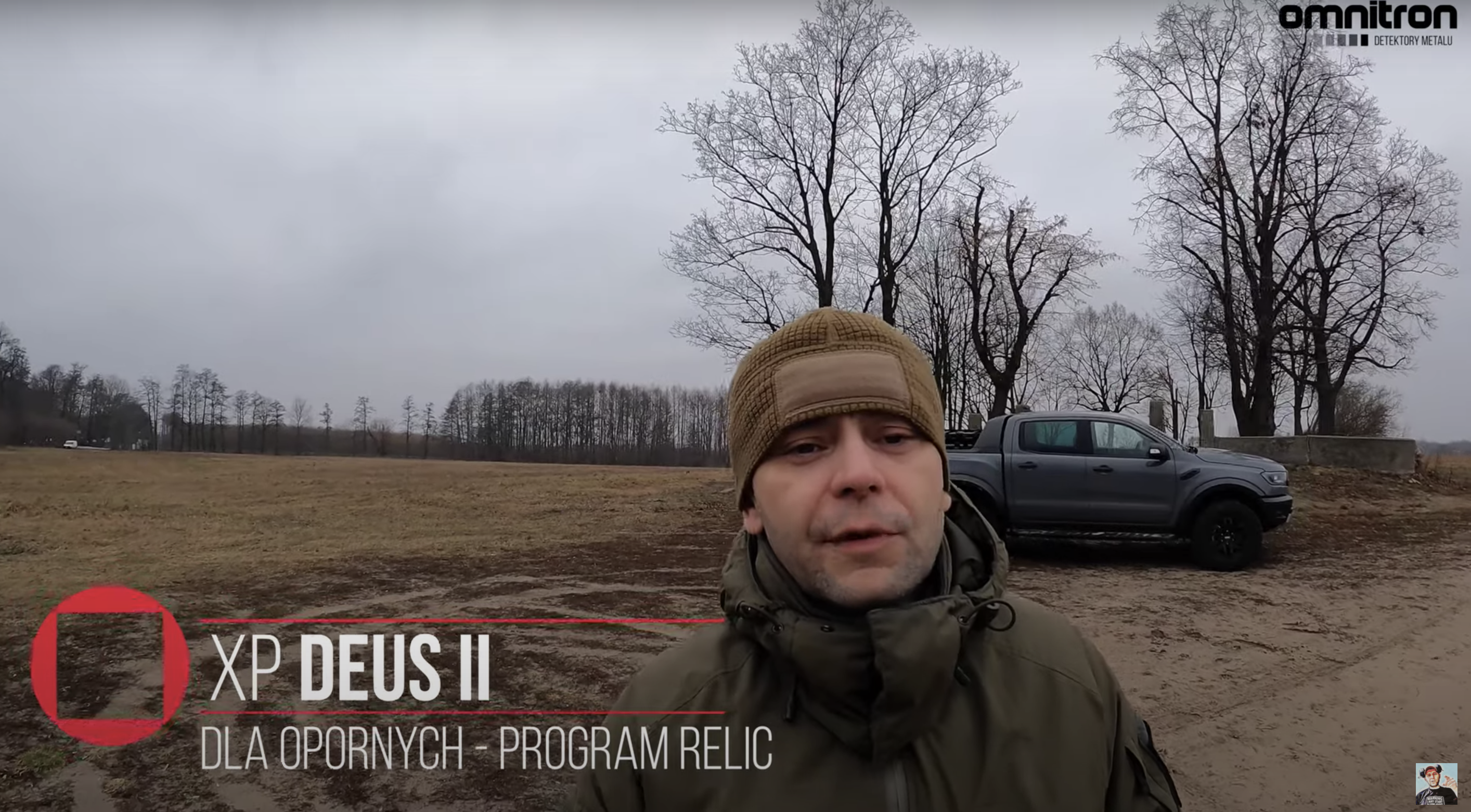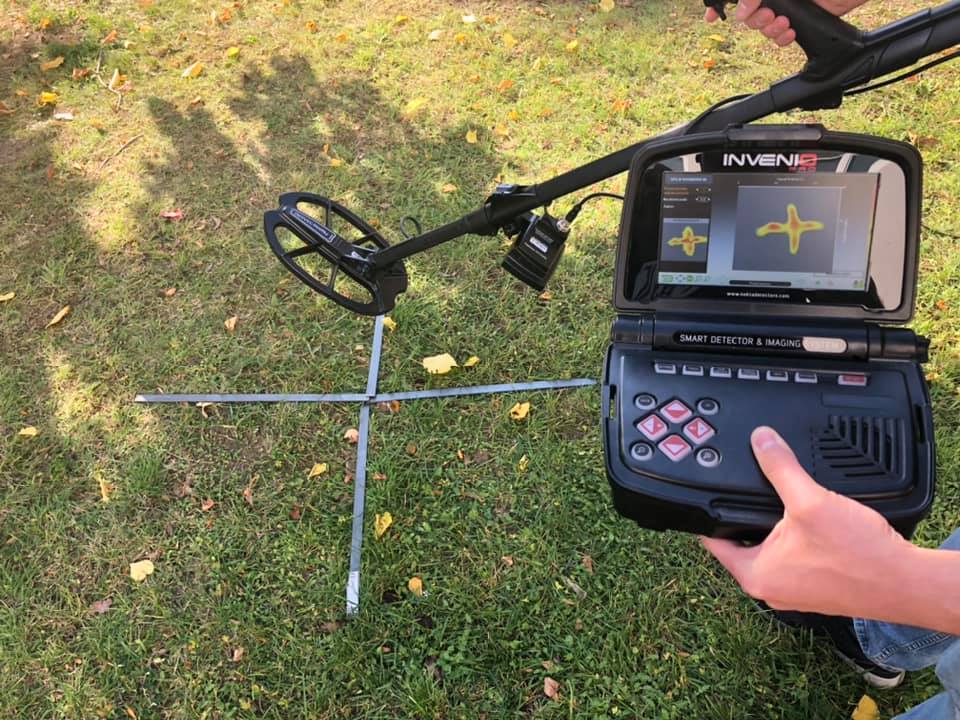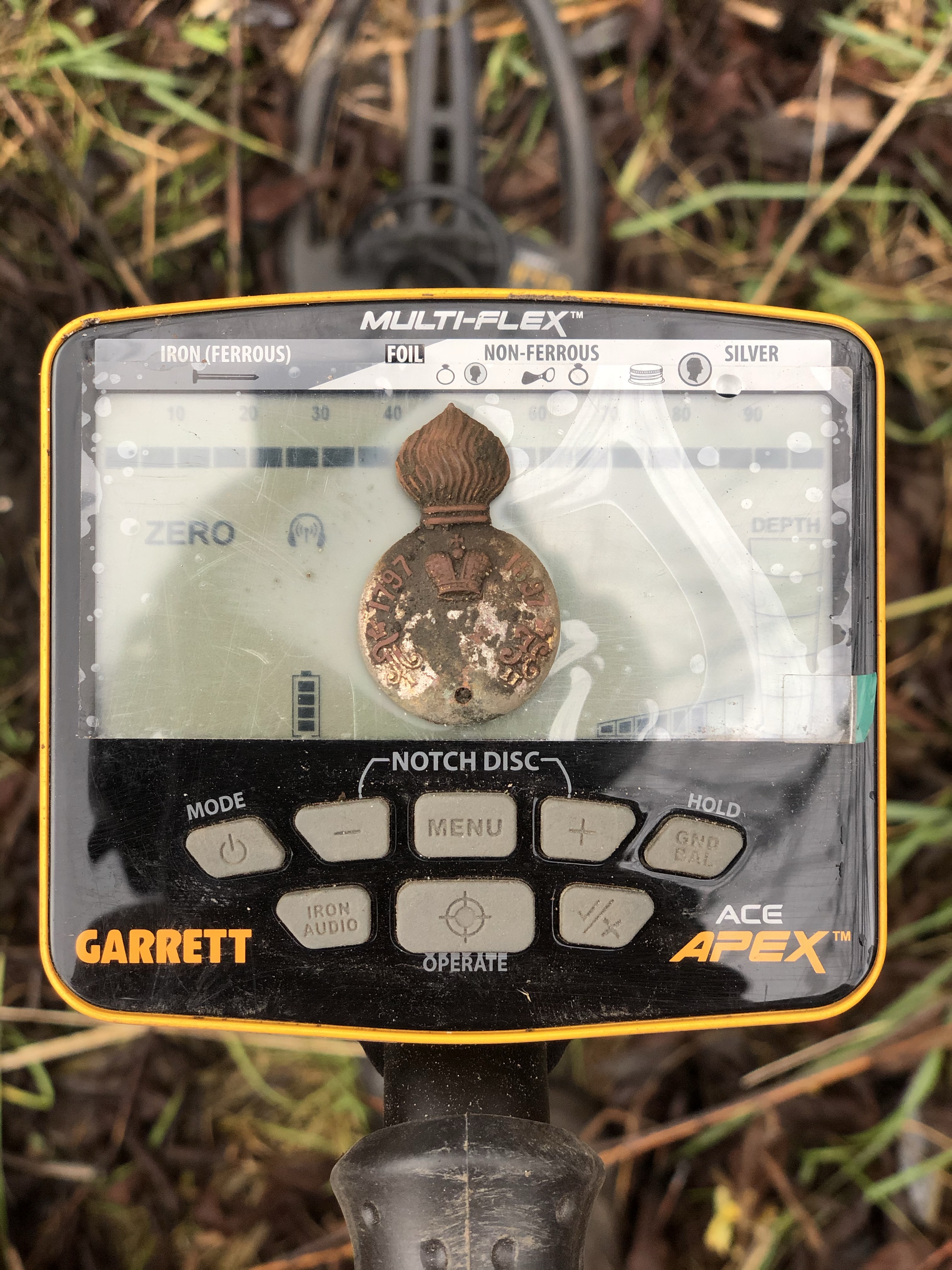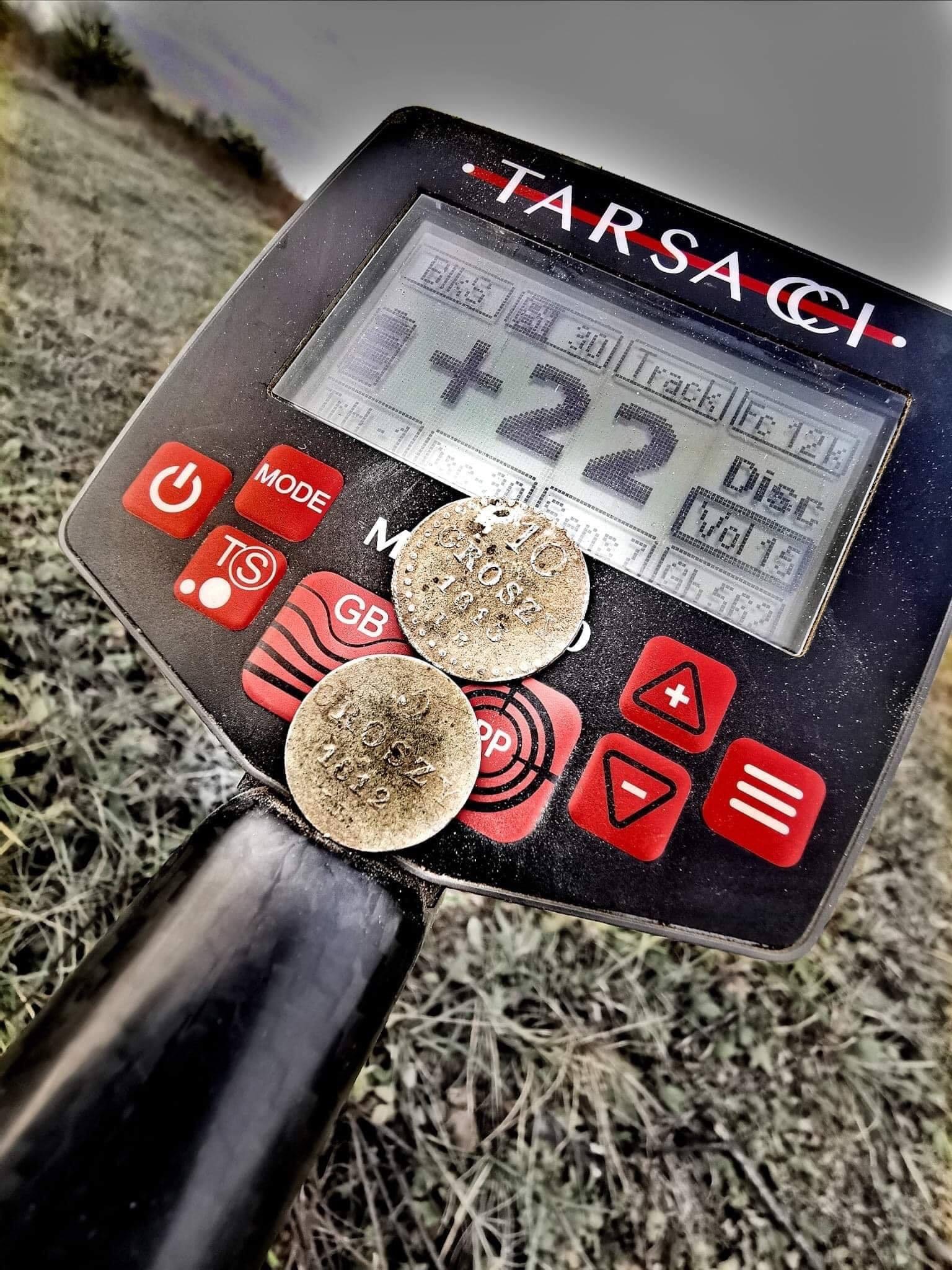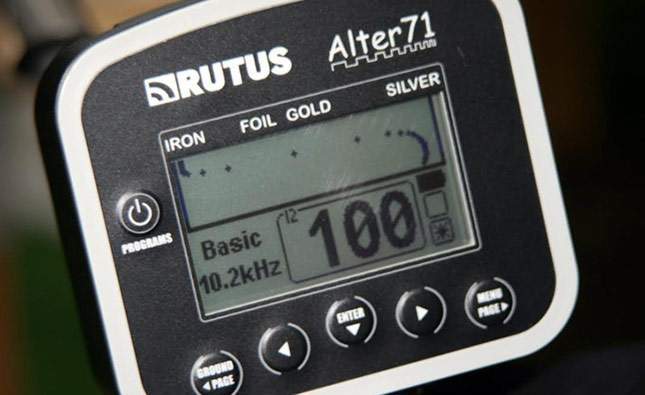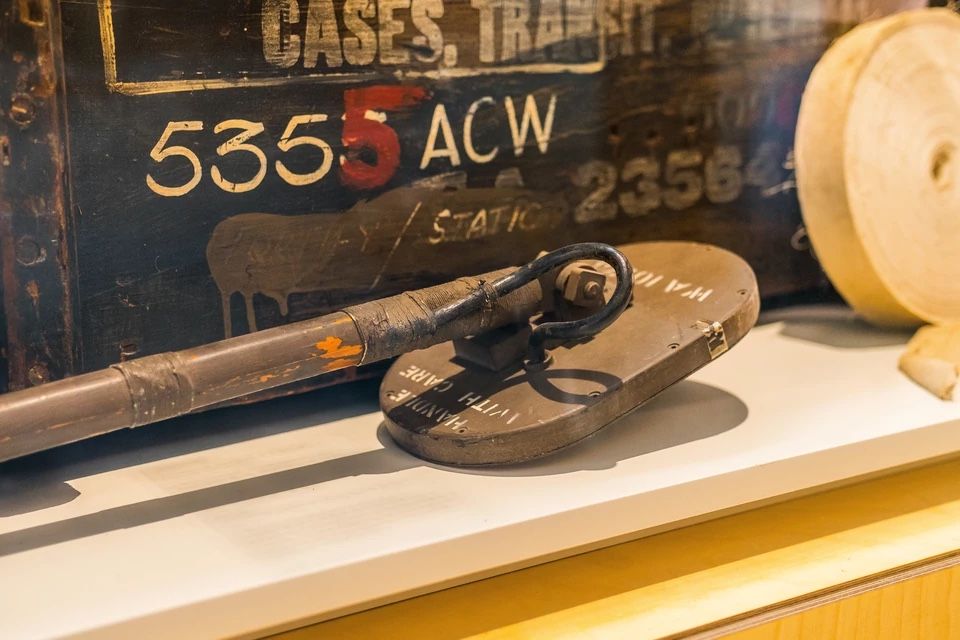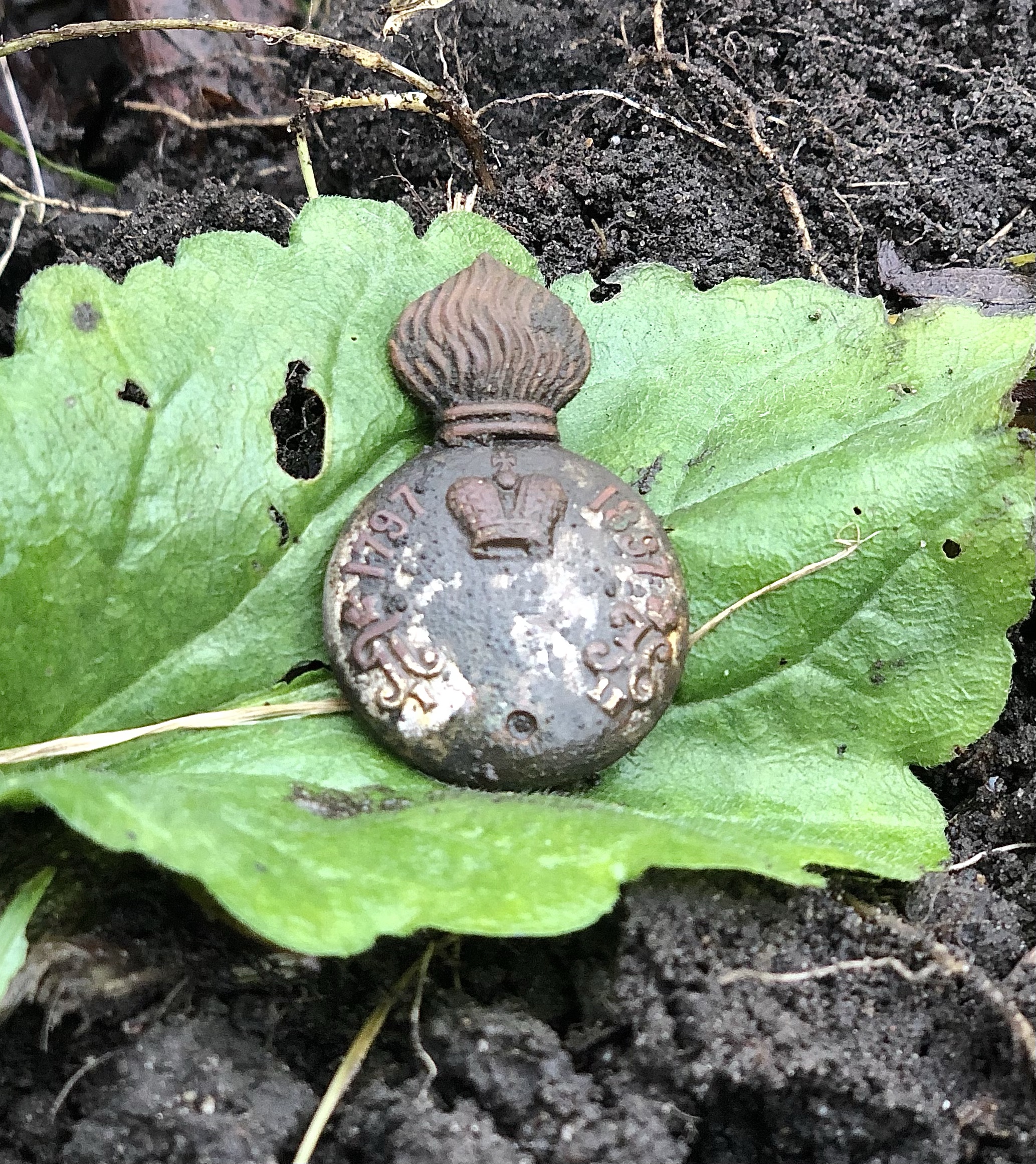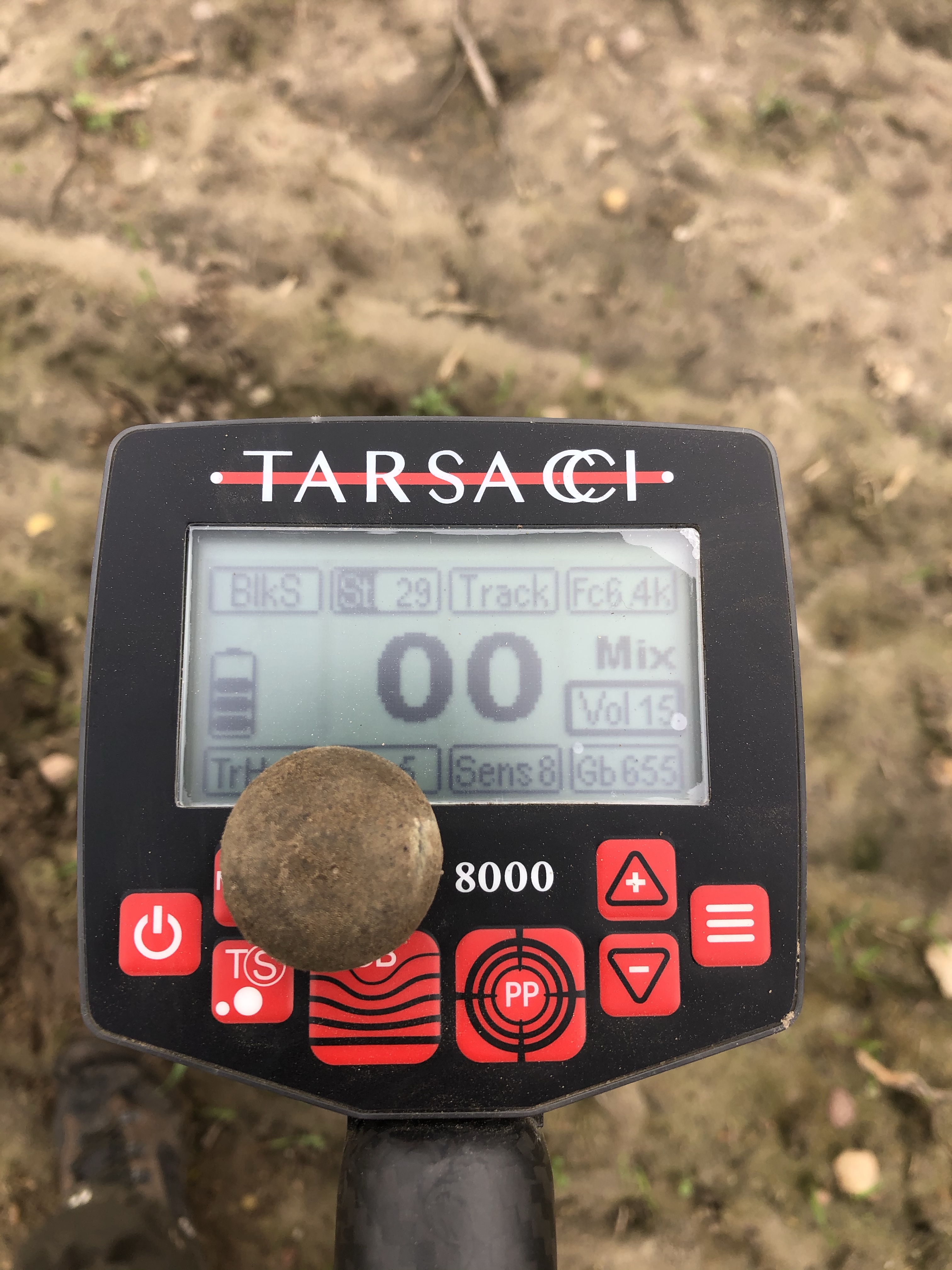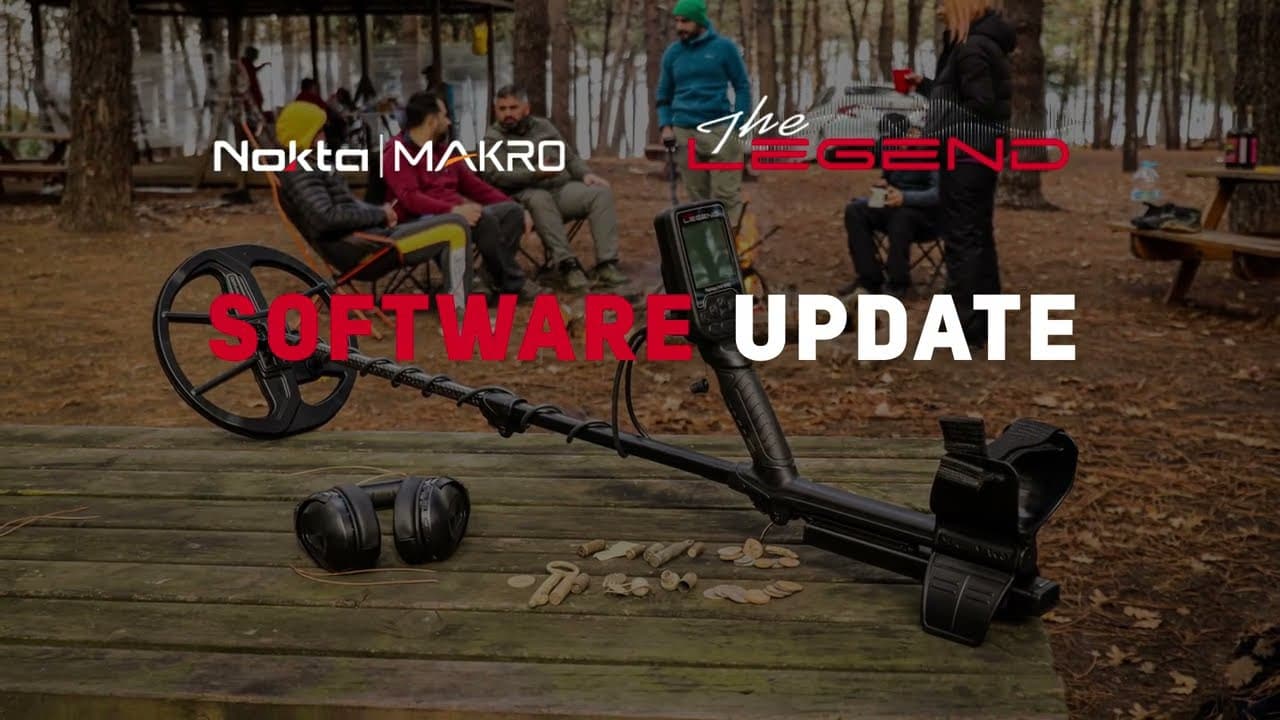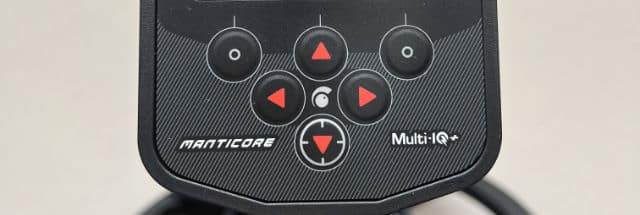
The RELIC program in the new XP DEUS II detector is a kind of Holy Grail because it works on a completely different principle than other programs. It is closer to the Gold Field version, which is a typical program for searching for gold nuggets, also known as the ORX model. The multi-frequency characteristics do the job, especially in iron. The frequency oscillates around 24 kHz, which is optimal even on the more difficult ground and there is no great loss of depth.
IAR discrimination works by size rejection of the iron signal, but you can read about it elsewhere on my blog or watch a video on my Youtube channel. I recommend the XP DEUS II playlist for dummies!

So how do you properly set up the RELIC program to go really deep? We know it’s the deepest program next to DEEP HC, but how to squeeze more out of it? In the beginning, you choose the REACTIVITY responsible for the separation of objects. For me, the starting point is 1.5. For more cluttered places, I recommend 2 or even 3. A higher value means less performance when it comes to depth, but better separate objects. Here you have to adjust everything to the place and quantity – the intensity of the signals. Along the way, we set the sensitivity to the level of stable operation, we scan the channels so that the device automatically selects the most stable operating range.
The volume of the iron, the lead signal is already a personal preference, as is the amplification of weak signals. It is worth leaving the factory settings as the default. The leading signal THRESHOLD we need to raise a bit (software version 0.71).
We come to the most important thing – IAR discrimination. Here I set a maximum value of 3 to avoid losing low and fine gold guides, above this value, we risk more. A higher parameter gives less low signals and guarantees more stable operation. By entering the EXPERT tab, we can set NOTCH. In this case, it is a kind of audio discrimination that does not affect the performance of the detector, but unfortunately, very deep signals can give a value of 00 on the display. Fortunately, we will only lose the audio and the values are still displayed. It is important because 00 is a value close to the reading of the soil and also ceramics, which is a testimony of human presence in a given area.
You can always use NOTCH, it increases the comfort of work and translates into results. If the signals are bothering you, you can try to set the range from 00-06. You will not be overloaded with signals from rusty iron and over-response of the soil. There is always a risk of losing items masked next to this value, deep without ID as I wrote above. It is worth choosing settings for a given scenario or a search strategy you have developed in a given place.
Below is the OMNITRON program especially for you!
Remember to subscribe and get discounts (click):
Youtube
Sklep Omnitron
Omnitron Metal Detecting Group
Intagram
Program OMRELIC:
The XY chart will help you identify:
Options/Configuration/Profile/XY
Menu:
- Discrimination IAR 3 (5 in the case of a large trash and large iron objects – note the risk of losing low conductors above 3) + EXPERT tab and set NOTCH to 00 or in the range of 00-06
- Iron volume 3
- Base reactivity 1.5 set under conditions (trash 2 up)
- Acoustic signal 5
- Leading signal 10 up or under your preference
- Sensitivity to the level of stable operationScan the channels before starting work and when it loses stability. Hold the right panel arrow at the top. Perform a ground calibration as a last resort in a clean area if stability is a problem.

